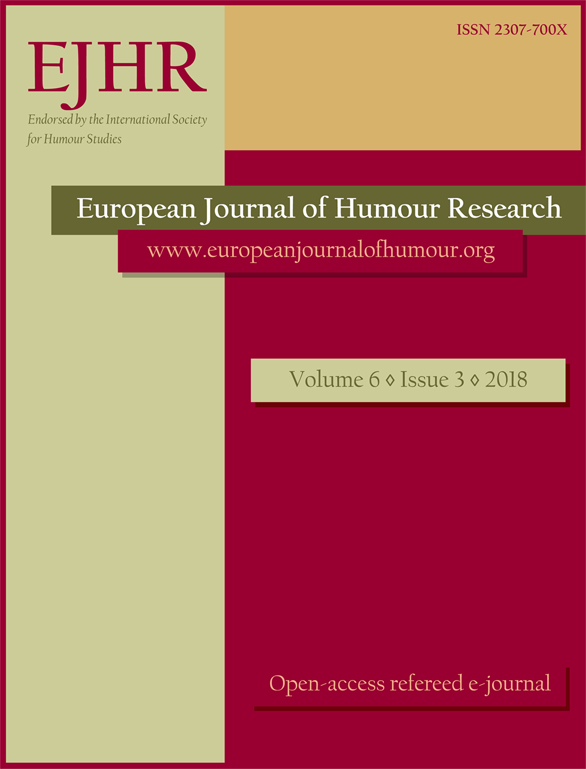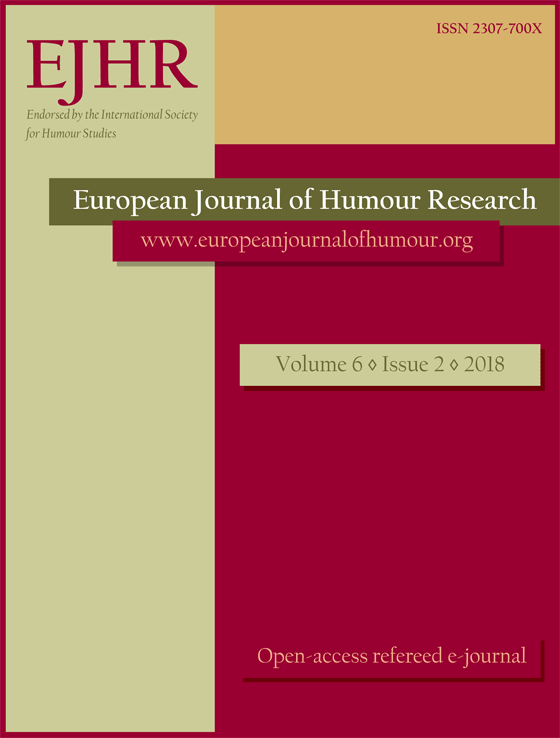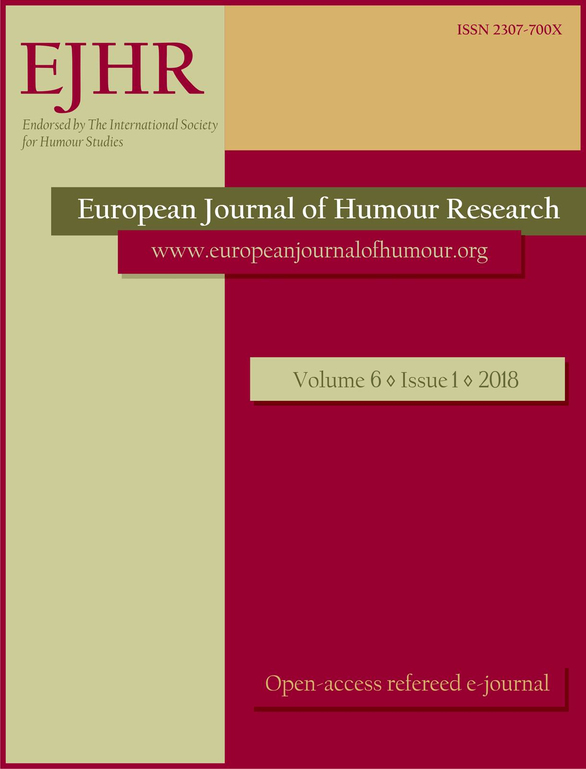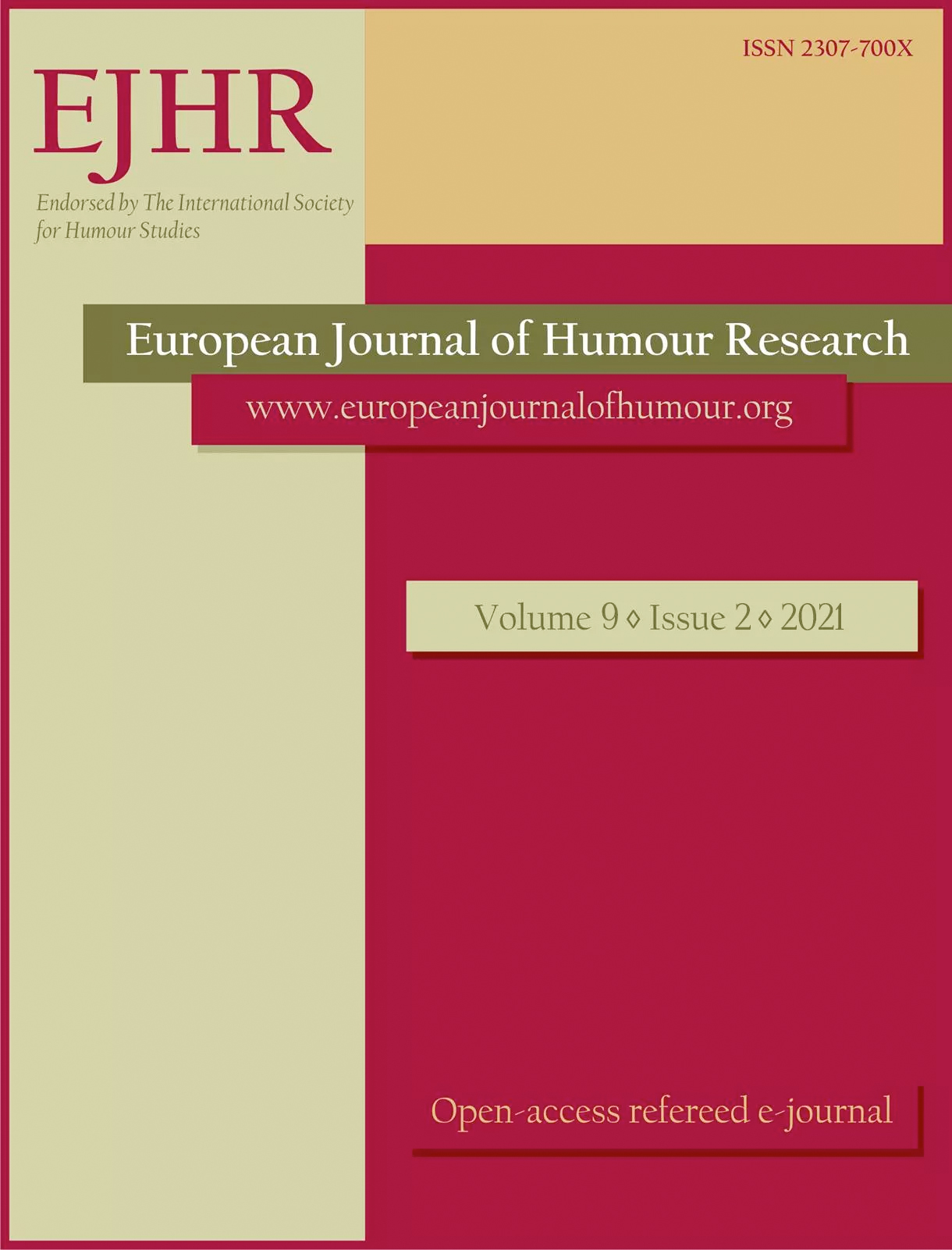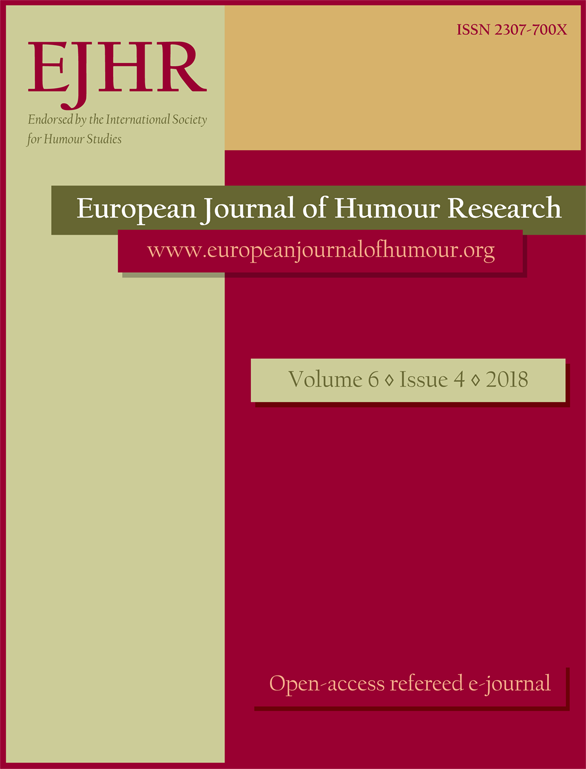
Conversational humour in a Nigerian radio news programme:
This paper investigates the Generic Structure Potential (GSP) of Lati inu aka aka Biodun/Kayode (LIABK), a Nigerian secondary gatekeeping radio news programme, with the aim of indicating the stages of the genre where conversational humour typically occurs, and then it analyses humour types in the data through the neo-Gricean concept of untruthfulness and pragmatic act theory. The data for the study constitute a ten hour audio recording of Lati inu aka aka Biodun/Kayode from two radio stations in Ekiti and Ondo States, South-Western Nigeria. The GSP of LIABK is constituted by five obligatory elements: Opening (O), Advertisement (A), Pre-news Presentation (PnP), News Presentation (NP) and Closing (C). The genre-based expectations for O, PnP and C, and then NP are to provide entertainment and information to the listeners respectively. Thus, humour typically occurs in the O, PnP, and C stages of the programme, and rarely occurs in NP. Four humour types are indicated: song-as-humour, absurdity, joint fantasising, and speaker-meaning-telic humour respectively. While song-as-humour resists being neatly categorised as autotelic humour, absurdity and joint fantasising are easily characterised as thus. The pragmatic act analysis reveals the incremental, sequential, and co-constructed nature of the humour types. Furthermore, the pragmemes of entertainment and offering of opinion by the news presenters constitute the affordances or genre-based expectations that constrain the social activities that constitute LIABK. The study contributes to the scholarship on secondary gatekeeping in Nigeria broadcast media, conversational humour, and pragmatics.
More...
